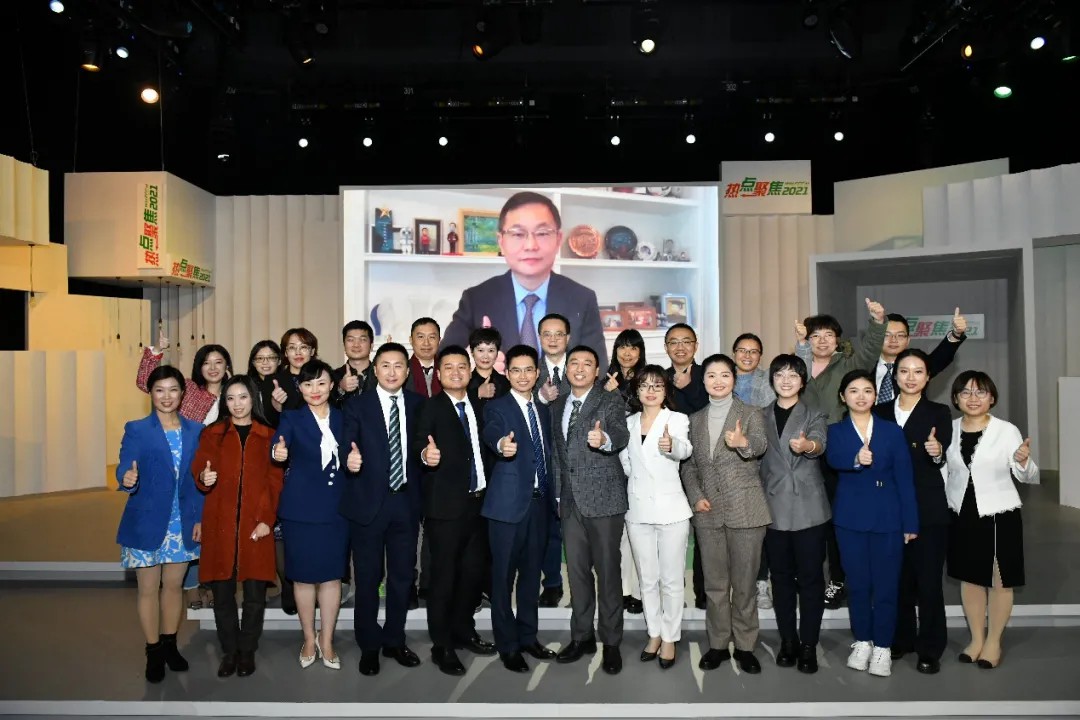West China-Mayo International Forum of Critical Care Medicine 2021 Ended in Chengdu

Open the phone and scan
The “West China-Mayo International Forum of Critical Care Medicine 2021” came to an end on November 21. The success of the conference has built an innovative cloud-based international academic exchange platform for medical workers fighting on the front line of critical care, and has played a positive role in promoting international exchange & cooperation and translational research in the field of critical care medicine, as well as driving the sustainable development of critical care medicine at all levels.
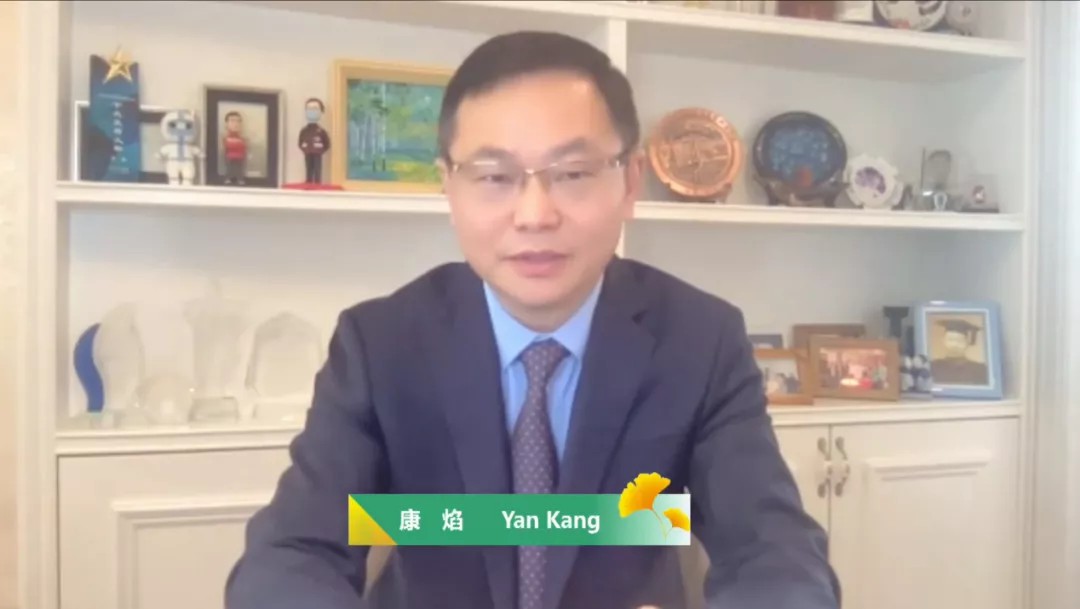
Prof. Kang Yan, President of West China Tianfu Hospital, Sichuan University and Vice Chairman of Chinese Society of Critical Care Medicine
Prof. Kang Yan, Chairman of the Forum, recalled that the three-day academic conference was characterized by a wide range of topics and exciting contents. Top experts in critical care medicine from home and abroad, sticking closely to the theme of "standardizing core technologies and focusing on annual hot topics", presented a variety of academic exchanges on artificial intelligence, talent training, annual hot topics and other issues for critical care practitioners in the form of special sessions, sub-forums, satellite sessions and roundtable forums.
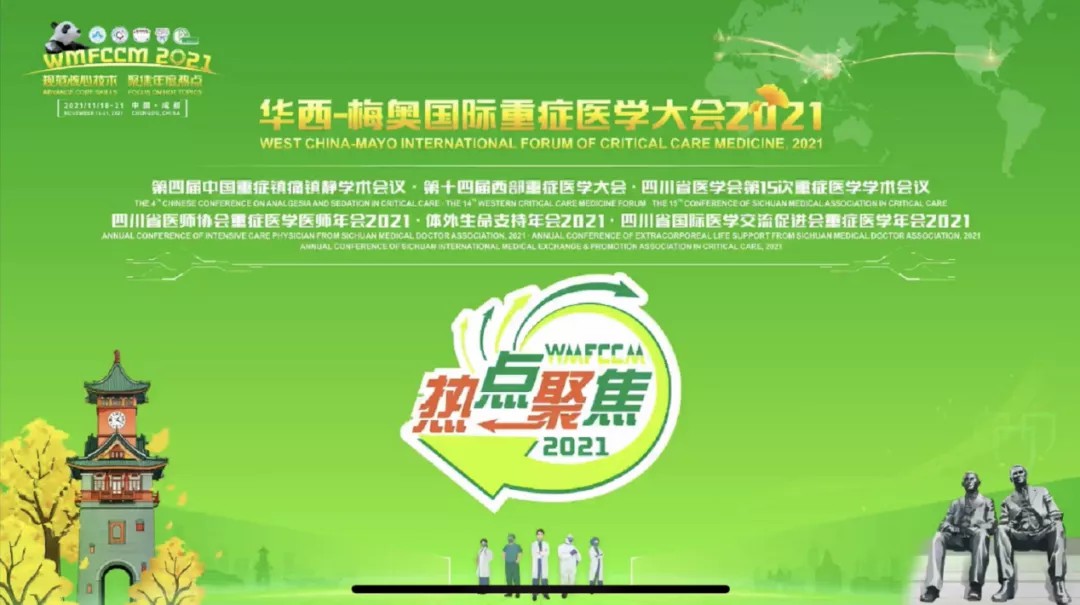
On November 21, the Forum held the most exciting innovative academic session —“Spotlight 2021”, which is the grand finale of the annual event. The critical care medicine team of West China Hospital comprehensively combed the latest research and cutting-edge information in the global critical care field, and refined them into five topics from a number of new hotspots that are gaining ground. The young doctors of the department interpreted and analyzed the topics, and invited heavyweight guests who have made great achievements in this field to make comments, thus bringing the audience a refreshing academic feast.
I. Surviving Sepsis Campaign
After 17 years, the Surviving Sepsis Campaign has finally launched its latest fifth edition. Prof. Liao Xuelian kicked off the “Spotlight 2021” with interpretation of the Surviving Sepsis Campaign. As an instructor, she led the team to explain to scholars from different perspectives what remains the same in this edition of guideline? And what is being changed?
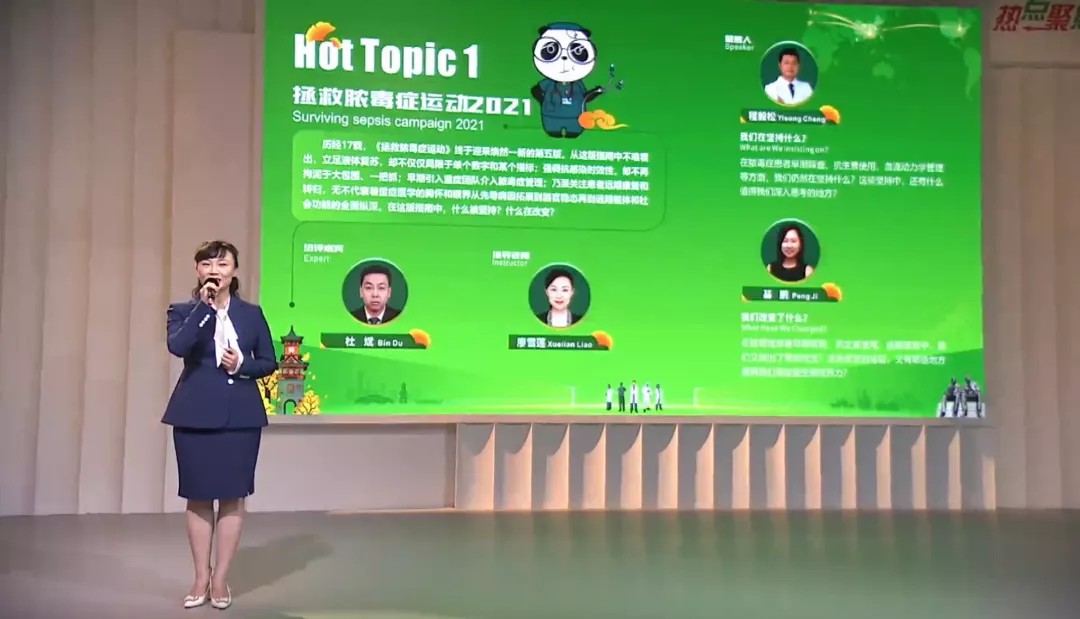
Instructor: Prof. Liao Xuelian
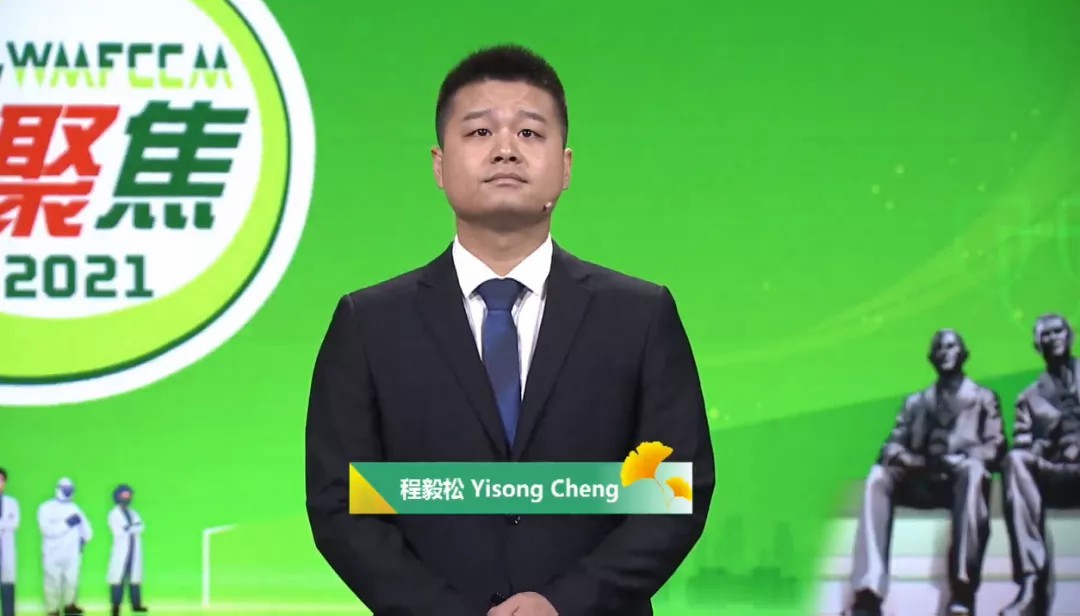
Presenting doctor: Cheng Yisong
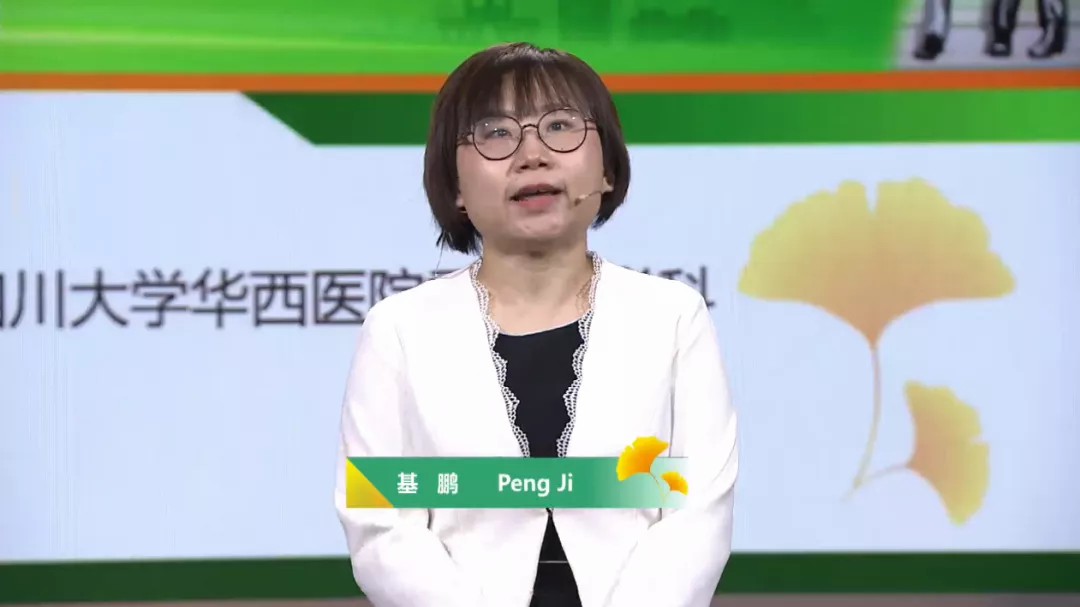
Presenting doctor: Ji Peng

Commenting expert: Prof. Du Bin
Prof. Bin Du pointed out that the guideline explains 5 parts of sepsis research from PICOS. It is formulated based on existing evidence, and the level of evidence does not only depend on the type of research, but also on the clinical characteristics. For instance, metabolic resuscitation is not yet fully theoretically supported.
II. Gut, the Engine of MODS
Prof. Chen Siyuan, as an instructor, led the team to deeply interpret the characteristics of intestinal microecology in critically ill patients and shared how to recognize and manage intestinal microecology.

Instructor: Prof. Chen Siyuan

Presenting doctor: Pu Hong
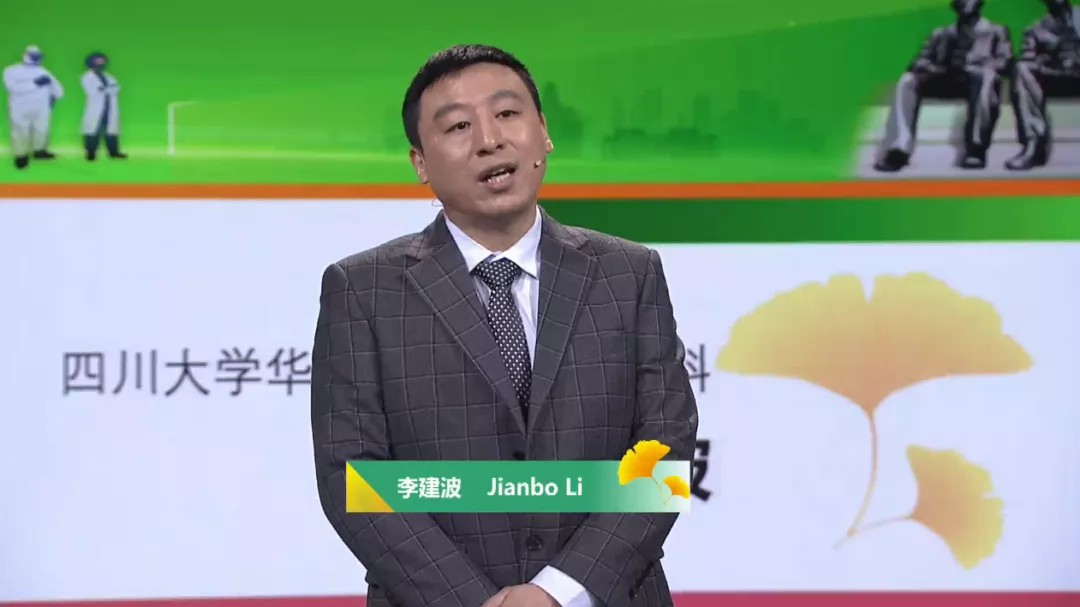
Presenting doctor: Li Jianbo

Commenting expert: Prof. Chen Dechang
Prof. Chen Dechang concluded that this field is in its infancy with scarce evidence. Most of the intestinal microecology is symbiotic with us, and some of them are cophylogenetic with us. It is important to grasp this symbiotic and cophylogenetic relationships and try to conduct research in more areas to help us treat diseases and promote health.
III. In-hospital Cardiac Arrest: What Else Can We Do
Instructor Prof. Wang Bo's team, centering on the topic of “In-hospital Cardiac Arrest: What Else Can We Do”, shared that HCA survival rate and prognosis can be significantly improved after high-quality CPR. But for HCA, critical care doctors needed to focus not only on high quality CPR, but also on “preventive measures”.
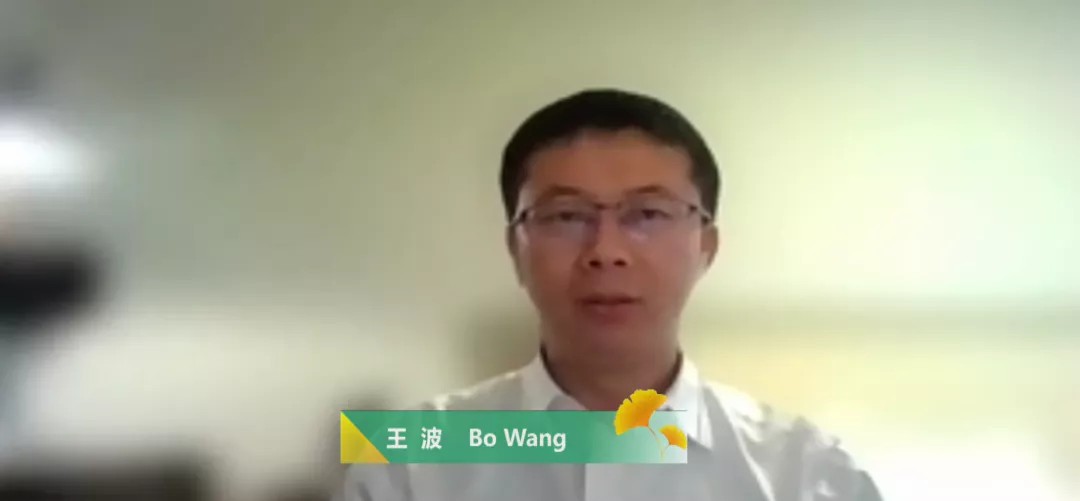
Instructor: Prof. Wang Bo

Presenting doctor: Guo Jun
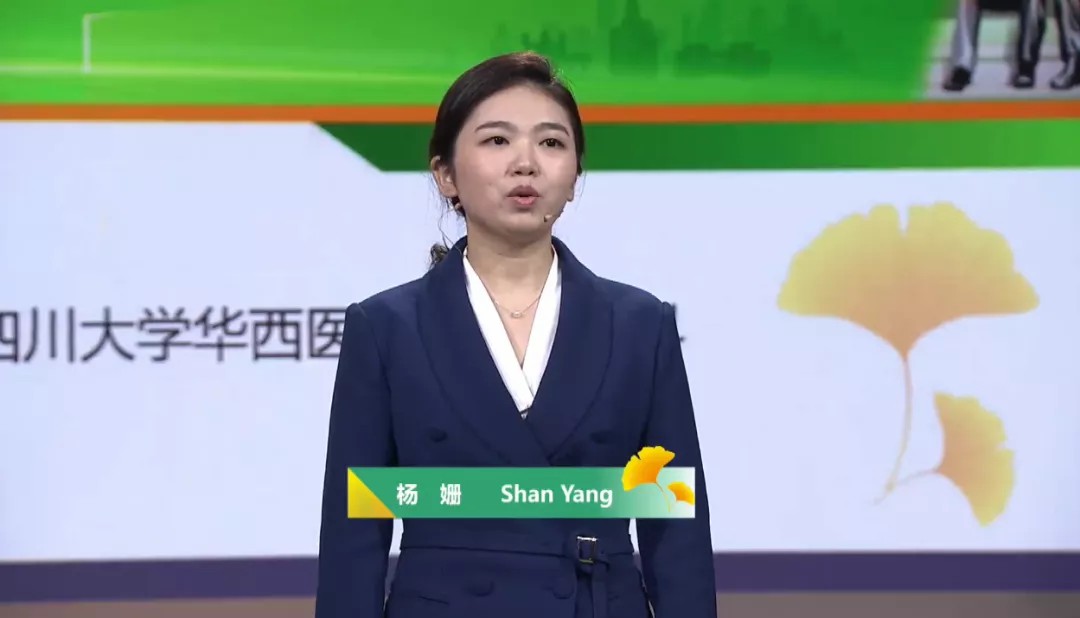
Presenting doctor: Yang Shan
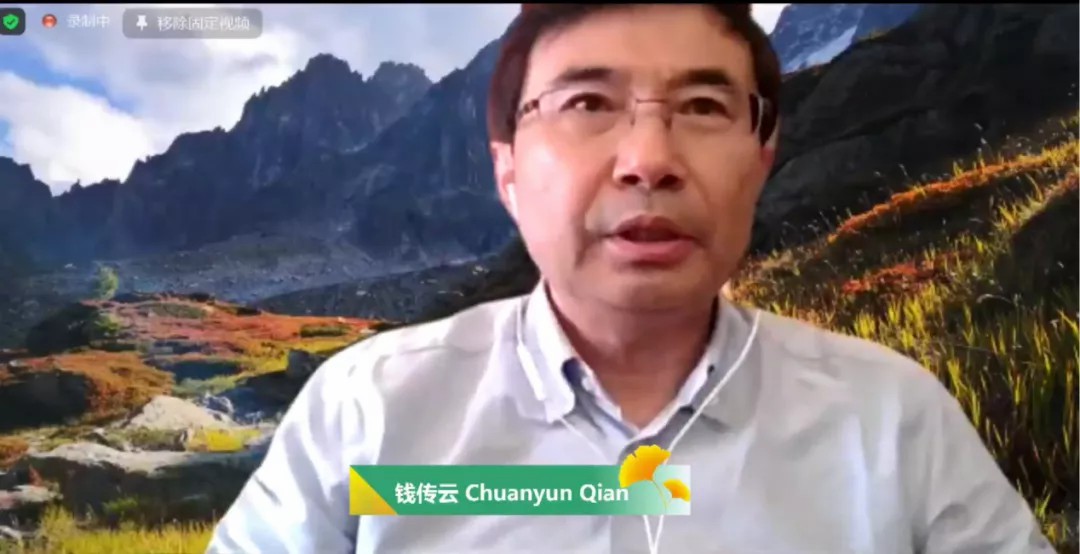
Commenting expert: Prof. Qian Chuanyun
Prof. Qian Chuanyun concluded that, the success rate of autonomic circulation resuscitation is very different from that of cerebral resuscitation, and the latter needs more attention. There is no sudden change in patient's condition, only the change in the condition is suddenly detected. The warning may be earlier. He hoped that in the future, AI technology can be applied to pay closer attention to patient’s data changes.
IV. Enlightenment of New Coronary Pneumonia for Severe Illness
Instructor Prof. Yin Wanhong's team talked about the “Enlightenment of New Coronary Pneumonia for Severe Illness”. They mentioned through the relentless exploration and hard work of critical care practitioners, a set of proven treatment methods have been developed, with early prone position and inflammation regulation as important highlights. What is the logic behind these treatment methods? What are the possible mechanisms? In-depth research and analysis will help answer our previous doubts, truly improve patient’s outcomes, and promote the advancement of critical care cognition and research.
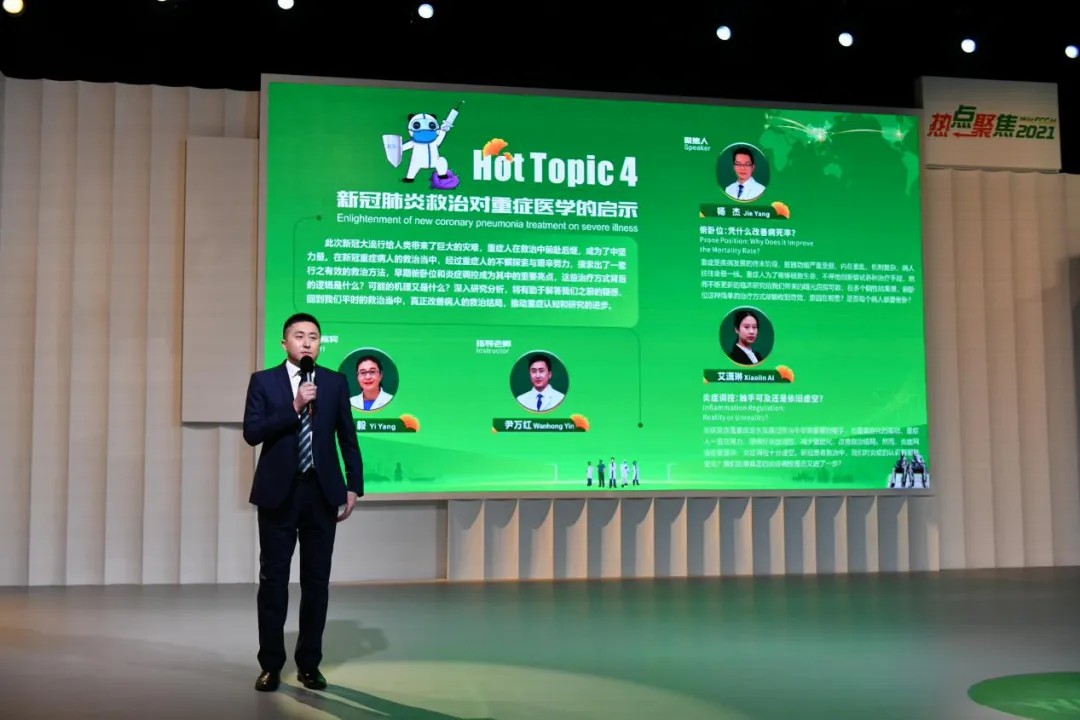
Instructor: Prof. Yin Wanhong
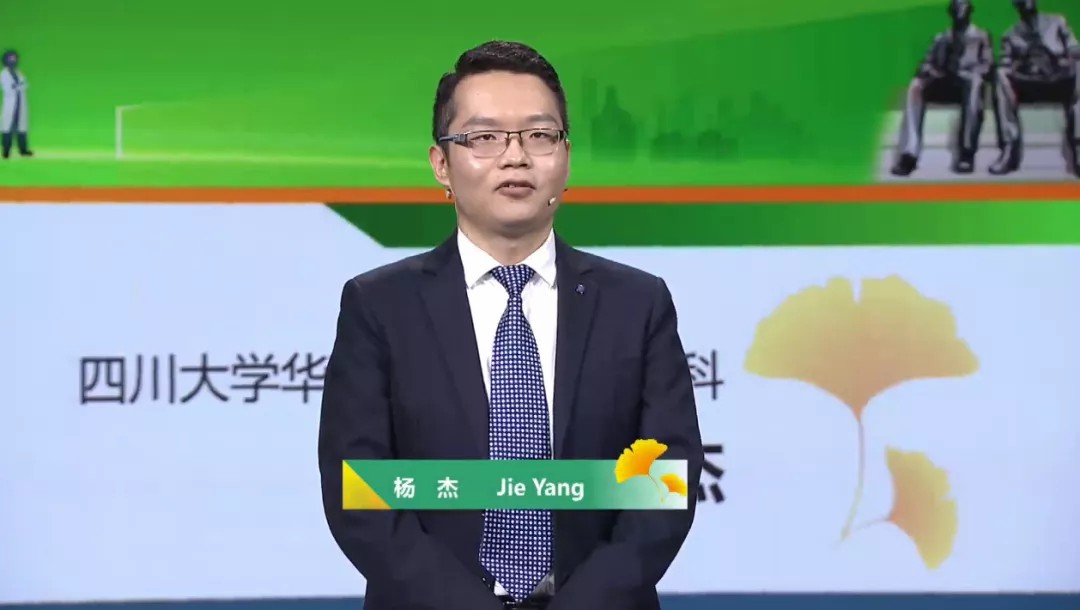
Presenting doctor: Yang Jie

Presenting doctor: Ai Xiaolin

Commenting expert: Prof. Yang Yi
Prof. Yang Yi concluded that, the respiration drive of new coronary pneumonia patients are different from that of traditional ARDS patients. They have low oxygen saturation but better ventilation. For these patients, especially those with focal changes, blood flow changes may be more effective than ventilation changes. Overall the treatment is comprehensive and needs more research!
V. New Technologies, New Treatments, New Challenges
After years of development of critical care medicine, we now have to face not only the traditional critical care diseases but also new challenges. What do critical care physicians need to know about the complications of immunotherapy? In the face of new challenges, can targeted delivery make a breakthrough in the field of critical care medicine and become the next trend in critical care disease treatment? The instructors, Prof. Song Xiangrong and Mr. Wu Qin, gave a wonderful explanation with the theme of “New Technology, New Therapy, New Challenges”.
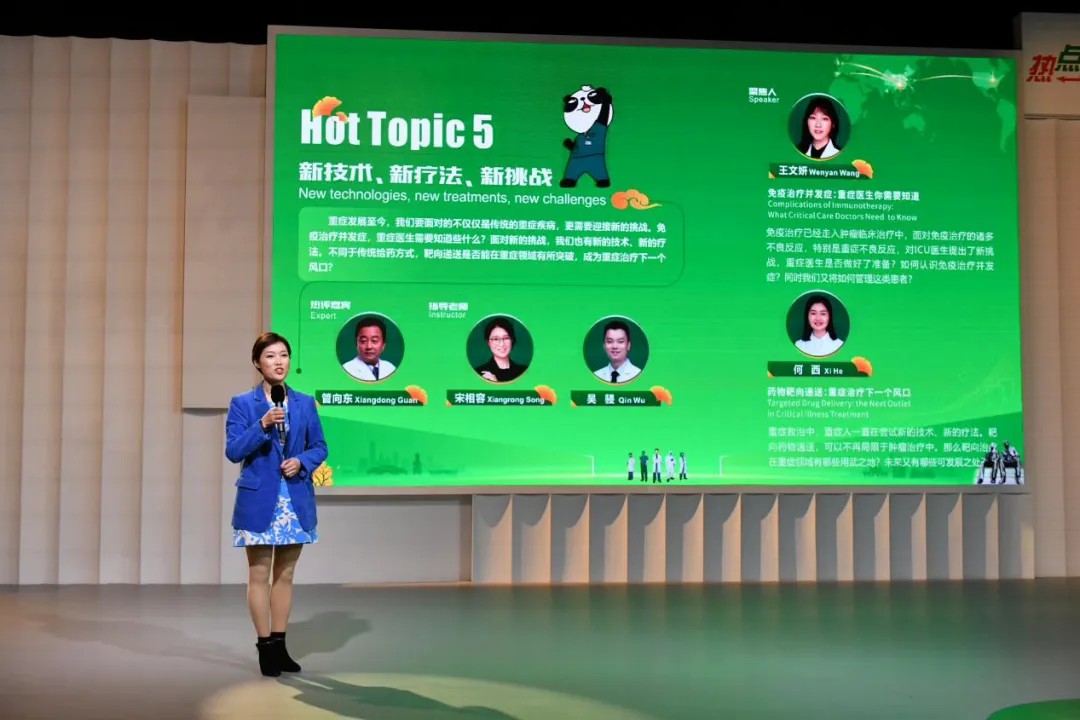
Instructor: Prof. Song Xiangrong

Presenting doctor: Wang Wenyan

Presenting doctor: He Xi

Commenting expert: Prof. Wu Jianfeng
Prof. Wu Jianfeng concluded that, basic research is the stepping stone for clinical research to move forward. In the future, we still face bottlenecks in promoting more precise treatments of severe diseases. The development of subdisciplines (e.g. proteomics and transcriptomics) will help us to screen patients with severe diseases more precisely.
In the end, Prof. Kang Yan believed that the three-day academic exchanges benefited all greatly either from the deep exploration of “the wings of critical care medicine” and “the roots of critical care medicine”, or from the all-round, multi-perspective discussions of clinical and basic aspects of critical care medicine. He hoped that all colleagues would continue to work hard in their respective fields with what has been learned, and looked forward to meeting with peers in critical care medicine in the future.

Prof. Jin Xiaodong, Director of Department of Critical Care Medicine, West China Hospital of Sichuan University, delivers a concluding speech at the closing ceremony.
Prof. Jin Xiaodong, on behalf of the organizer, delivered a concluding speech. He noted, according to statistics, this Forum gathered more than 200 top scholars of critical care medicine from home and abroad to meet online, presenting 229 lectures; 7 sub-forums and 17 special sessions were set up, with more than 35,000 registered attendees from 31 provinces, cities and autonomous regions, as well as Hong Kong, the United States, the Netherlands, the United Kingdom, Singapore, etc. This is another milestone of the West China-Mayo International Forum of Critical Care Medicine. He thanked the societies at all levels, all walks of life and leaders at all levels for their concern and support for the Forum, every expert who contributed their wisdom and efforts to the Forum, and all participants for their hard work to make the Forum a complete success.
Looking back on the past, the footsteps of the critical care practitioners were solid and strong; looking forward to tomorrow, we are confident about the future of critical care medicine. It is hoped that a year from now, when the pandemic is under control and our country is still beautiful, we will meet again in Chengdu and talk about critical care medicine.
